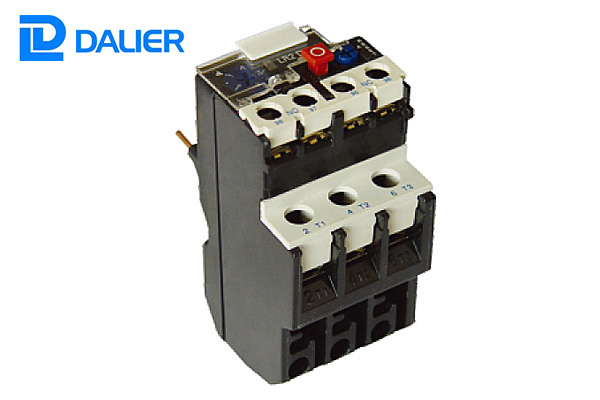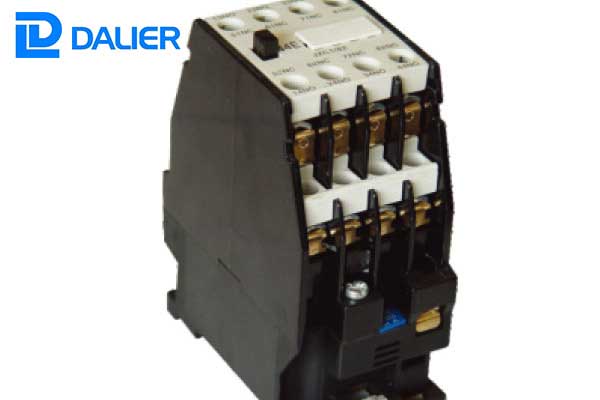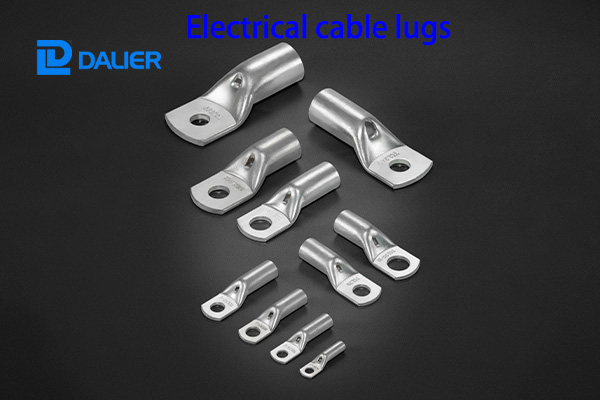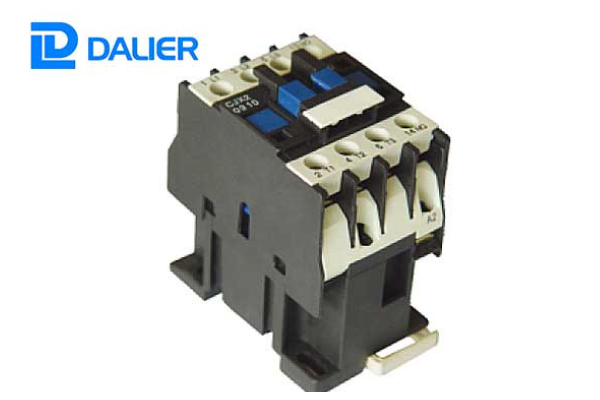How to adjust thermal overload relay
How to set up a thermal overload relay? At present, many electrical equipment, such as electric motor equipment, and even many electrical equipment, such as electric motor equipment, and even lines, will be installed according to thermal overload relays. This kind of device has overload protection function, mainly used for In asynchronous motors, it is very critical. Moreover, this device is very advantageous because of its small size, simple structure and low price. After installation, it is necessary to pay attention to adjusting it, so how to adjust the thermal overload relay?
How to adjust thermal overload relay
First, find the adjusting screw. Generally, screw 8 is used to adjust the screw. Then judge the position of the screw. If it is to the left, the contact will be disconnected after overload protection. After the motor stops, the bimetal on the device will Cool down to reset; the screw can be reversed, that is, adjusted to the right position, and the contacts are swung to the new balance position on the right.
What problems should be paid attention to when using thermal overload relays
1.Pay attention to the scope of use
The overload relay can only be used as overload protection, and it cannot be protected when there is a short circuit when the motor is running.
2.Notice electric current Specification
Everyone has some understanding of the role of thermal overload relays. The overload protection is also to prevent it from exceeding the rated current. At this time, attention should be paid to the current specification of the device, and the rated current specification of the protection object itself should be considered.
3.Avoid random adjustments
After the overload relay is installed and used, it will automatically start and disconnect without manual control. There is a certain limit for the current. Therefore, the current set on the device is not allowed to increase or change the setting arbitrarily. , to avoid accidents such as burning.






